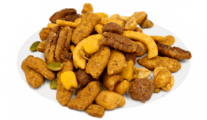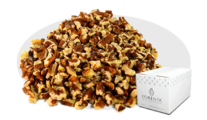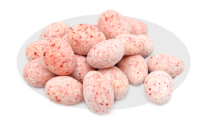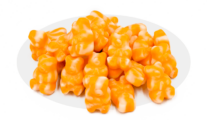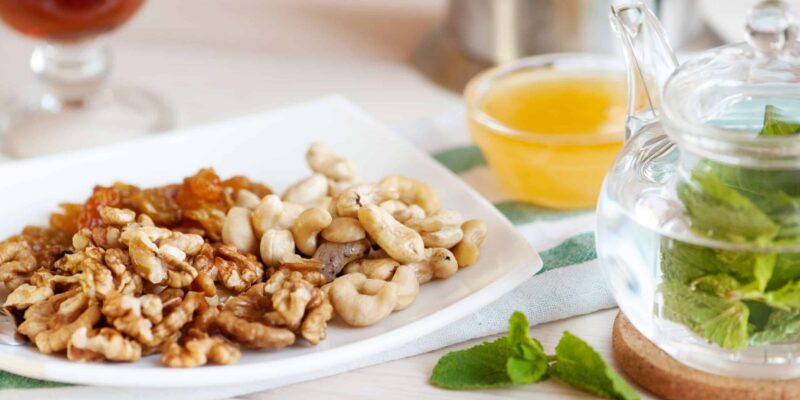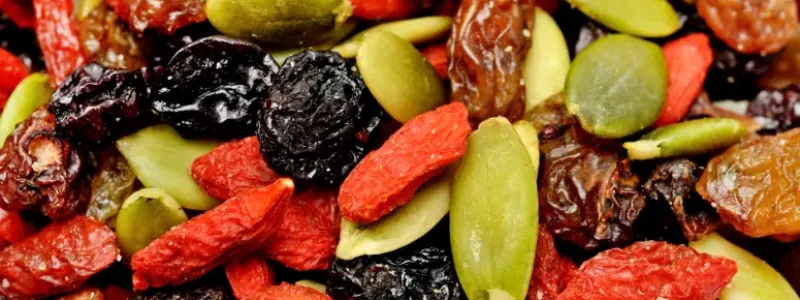Written By Sam Henselijn
Best Healthy Snacks Sources of Fatty Acids. The modern world has us running from errand to errand, frantically trying to keep a house and a job while juggling a social life and cleaning up after the kids. It is far too easy to pop some freezer food into the oven or to simply live off a few bites of whatever we are cooking for the children… but it certainly isn’t great for our health. Are you sure you are getting the nutrients you need? What we ought to do is stop cutting corners when it comes to healthy, nutritionally rich foods – and it all starts with the way you are snacking.
Snacking in itself is fine. There are those among us who survive by frequent snacking, rarely sitting down to eat a full meal. While this isn’t an ideal way to live it can get you by; provided that the snacks you choose to indulge in are healthy, wholesome snacks and not sugary sweet ones.
So what exactly are fatty acids? They don’t sound particularly healthy – but they are essential for maintaining the proper functioning of the body. So without any further ado, let’s take a closer look at fatty acids and then we can decipher what the best sources for them are!
Best Healthy Snacks Sources of Fatty Acids
Medicine.net cites a fatty acid as a type of Carboxylic acid molecule that links together in chains to form other fatty acids (such as the fabled Omega 3). They also point out that there are four distinct types of fatty acid… and not all of them are good!
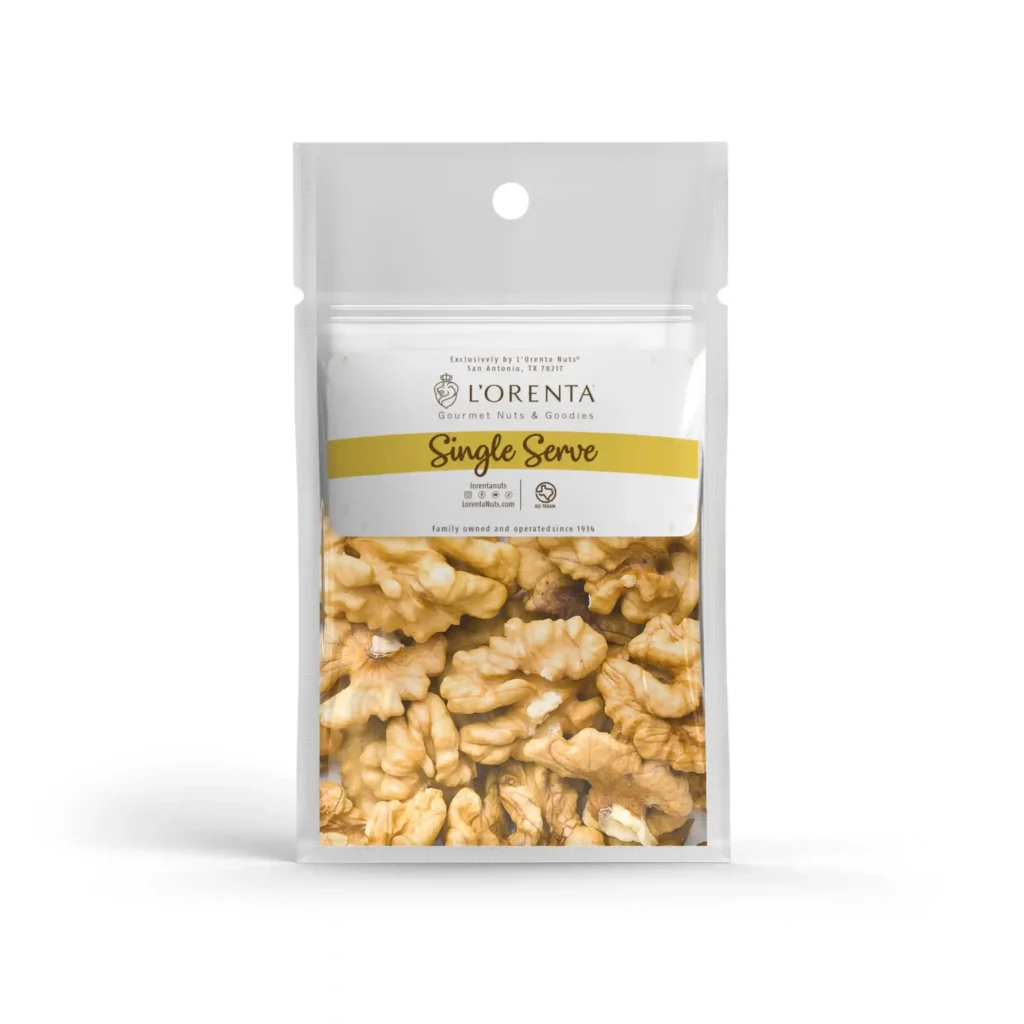
Essential Fatty Acids: These are frequently used by bodybuilders as supplements aimed at helping build strength. They are needed to build new cells, to develop the brain, nervous system and adrenal glands and for all sorts of blood regulation issues – like clotting and forming red blood cells. Most of the essential fatty acids can be produced by the body itself, but there are two in particular that you must get from food. They have long, complicated chemical names, but you might know them better as Omega 3 and Omega 6. We will look at sources of these two fatty acids individually a little later.
Free Fatty Acids: These are created when the body breaks down fat cells that it has been storing. You will get an extra helping of these whenever you introduce a new exercise regime or whenever your calorie input is not equal to its expenditure.
Omega 3 Fatty Acids: Are ones that the body cannot produce for itself, but that is essential to maintaining healthy functioning.
Trans Fatty Acid: These are the ones you want to avoid and, in some places, trans-fats are banned altogether! They are created during the hydrogenation process used to increase the shelf life of oils and other liquid fats and ideally, you want your intake of these to be as small as possible. Ultimately, too many trans-fats increase your levels of bad cholesterol which negatively effects your heart function. Be wary of trans-fats and avoid them wherever possible… Incidentally, fast-food is usually laced with it.
So, we can fairly safely assume that, while the body requires certain Fatty Acids to survive, not all of them are going to be beneficial to our health. We also need to remember that the body is able to synthesize most of them by itself, so if we want to focus on positive fatty acids we should start by looking at the ones that it can’t make without dietary aid.

Omega 3 Fatty Acids
According to health food superstars Holland & Barrett, Omega 3 has a whole range of benefits. It is used to treat skin conditions and inflammations, it boosts your memory, eases the symptoms of PMS and actively lowers your blood pressure without the need for statins. Omega 3 is also used in the treatment of heart conditions and is incredibly beneficial for those trying to keep their hearts healthy.
The best source of Omega 3 is the Walnut, which contains an omega 3 fatty acid called alpha-linolenic acid. This is a plant-based fatty acid that your body is unable to synthesize on its own. Walnuts contain 2.36 grams of this substance per ounce and provide a whole range of other essential Vitamins and minerals such as Magnesium, Potassium, and Iron. A good diet should include a healthy dose of Walnuts at least once a week.
Top 10 Nuts of Healthy Snacks: Sources of Fatty Acids

Omega 6 Fatty Acid
Omega 6 is slightly different from Omega 3. We get a lot more of it because the modern diet is geared towards cooking oils and rich meats which are reliable sources of Omega 6. Both of the Omegas do similar things to the body, but both are not equal. However much Omega 6 you have in your diet you must outweigh it by taking more Omega 3 or you simply won’t get the benefit of the latter. This is why nuts can be problematic when trying to boost Omega levels. You can find a handy chart here, which tells you which to eat and which to avoid, courtesy of Paleoflip.
If you want to maintain healthy levels of Omega 6 from a natural source, then you need to be eating lots of peanuts. Walnuts also contain Omega 6, but if you want to balance out the two fatty acids then eating both is better than just sticking to one.
Peanuts contain 16 grams of Omega 6 per 100-gram portion. They also host 20$ of the bodies RDI of Potassium and 25% of your suggested daily Iron intake. They are rich in Magnesium and B vitamins and should be a go-to snack for any health conscious individual.
Essential Fatty Acids
Live Strong tells us that Essential Fatty Acids (that’s food including both Omega’s) can be found in nuts and seeds, oily fish and also certain types of vegetable oils. It is our advice that you always check the ratio of one to the other and try to ensure that the Omega 3 outweighs the Omega 6.
Nuts are an excellent source of essential fatty acids and should be incorporated into your healthy and balanced diet. Nuts which are known to contain fatty acids include peanuts, cashews, walnuts, pine nuts, hickory nuts, Pistachios, Pecans, beechnuts, butternuts, hazelnuts – and basically all other kinds!
Conclusion
So if you would like to take the time to get to grips with your diet (and thus your good health) then you should start today. L’Orenta Nuts provides the very best quality in Gourmet nuts and snacks, all pre-packed and sorted for your convenience. As you now know, nuts are an excellent and natural way to get your daily dose of Essential Fatty Acids, and that Omega 3 will help keep your heart healthy and combat any effects caused by those unhealthy trans-fats. So what are you waiting for? Shop now, and see if we have exactly the right healthy snack food for you!
Sam Henselijn Author’s Biography – Meet L’Orenta Nuts CEO
Copyright 2024 L’Orenta Nuts
L’Orenta Nuts proudly holds the SQF food safety certification, symbolizing our unwavering dedication to upholding the highest standards of food safety and quality. This certification guarantees that our products undergo rigorous scrutiny, ensuring transparency, traceability, and adherence to global food safety regulations for the utmost consumer confidence.
L’Orenta Nuts has the HACCP (Hazard Analysis and Critical Control Points) certification is a systematic approach to identifying, evaluating, and controlling food safety hazards. It ensures that food products are produced and handled in a manner that minimizes risks and complies with safety standards.
Our GMP (Good Manufacturing Practices) certification ensures that a manufacturing facility adheres to comprehensive quality and safety standards while producing pharmaceuticals, food, and other consumer goods, promoting consistency, quality, and compliance with regulatory requirements.
L’Orenta is an FDA-approved manufacturing facility and has met the rigorous standards set by the U.S. Food and Drug Administration. It demonstrates compliance with regulations, ensuring the production of safe and high-quality food products.








